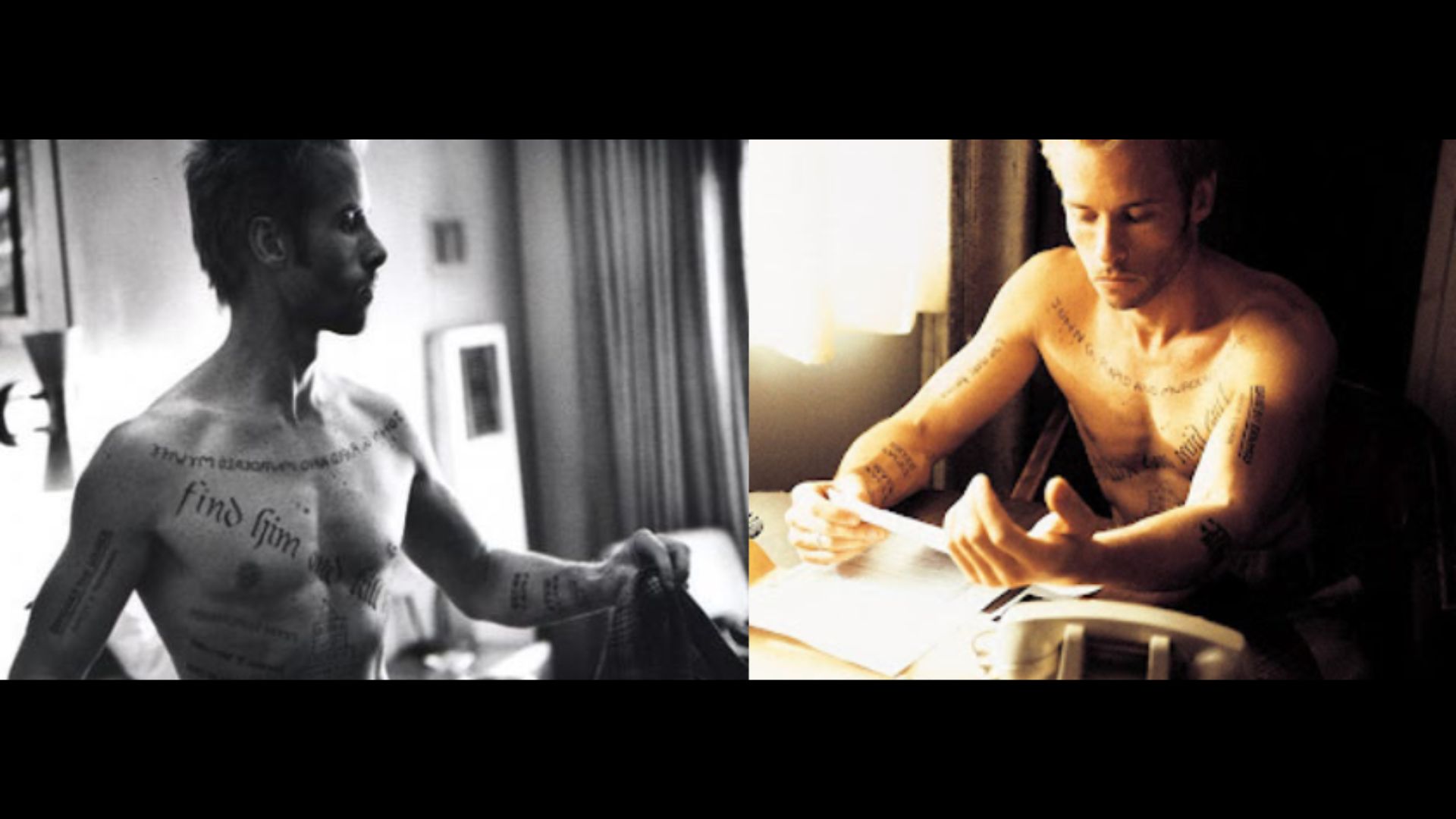What is “Art” in Film Art is an imitation of reality --Plato Plato defines the term “art” as an imitation or representation of reality. Other philosophers also considered art as a medium for the transmission of feelings. Regarding art in film, almost all films can be...
What is “Art” in Film
What is “Art” in Film
Art is an imitation of reality —Plato
Plato defines the term “art” as an imitation or representation of reality. Other philosophers also considered art as a medium for the transmission of feelings.
Regarding art in film, almost all films can be considered art. But we can differentiate between high-art and low-art.
In that sense, we can’t consider anything filmed on a camera and screened on any screen as art. This is a big debate…
Can a soap opera be considered art? Is a TV show art? or can movies such as The Avengers or Scream be considered as art? Tell me what you think about this in the comments below.
In this post, I will be talking about a specific type of movies: Art films, or what you may know as art house films.
Definition of Art-house Movies
Before diving into the technical aspects and definitions of art films, I will try to simplify the definition.
Art house films are movies that deal with serious (and often psychological ) themes. The biggest defining feature is being slow-paced and hard to understand. That is because art films usually lack a well-defined conflict and do not follow a clear storyline. This is the main reason that many people consider art-house movies to be boring.
Another main characteristic of such films is that they depend heavily on visual language. In order to understand these films, you should have at least a minimum knowledge of film language and the interpretations of different camera angles, movements, and colors.
Now let’s get a bit technical in the definition of the word “Art” in art movies.
Art films are usually intellectually challenging movies in contrast to emotionally entertaining.
They have some defining features such as ambiguity, a distinctive directorial style, and characters lacking clear goals.
In order to consider a film (or any other form of art) aesthetic, the spectator should look for beauty, originality, solutions to artistic problems, use of metaphors, sensitivity to emotions, highly graphic cinematography, violation of narrative conventions…
Cinema’s main and distinctive function in capturing what’s in front the camera turns out to be the grounds of film-as-art arguments.
Expressive Cinema
Rudolf Arnheim, the German author and film theorist, worked under the assumption that art should be expressive. Meaning that the input or the subjectivity of the artist should be present in the work rather than being just a copy of reality.
For example, watching an event on screen is affected by technical limitations and artistic decisions that prevent the images on the film to be accurate. That is because the depth of the camera lens is different from that of the human eye. The size and shapes of the objects are optically manipulated, and the range of vision is defined by the frame and camera movement. Exploiting these discrepancies in cinema is what makes the medium artistic and what gives meaning to the images.
To make more sense of this statement, consider a close-up low-angle shot of a character. The resulting image will be distorted by having the character’s head seem small with respect to the body, and the character would seem to be towering above the viewer. But this distortion is considered to be communicating a specific meaning. Such shot would be analyzed as giving the character power and a strong standing point. By that, the shot is said to be expressive.
Realism
But by just accounting for the limitations of film to achieve expressiveness is to miss another capacity of cinema as a representational art form.
The French film theorist Andre Bazin seems to be an advocate for the argument that realism is the core of film art.
Bazin defined realism in cinema by recording what is happening in front of the camera using medium-long shots, long takes, and deep focus imagery.
Conclusion
No matter how theorists define the art house films, and whether they gave the art an expressive or a presentational aesthetical value, they seem to be mostly considering how the meaning of films is created in relation to how the objects, characters, and events are presented on screen.

What is “Art” in Film

Film Narrative
What is a Narrative film? Simply put, a narrative film is a movie that tells a story. So any form of film that follows a chain of events is narrative. Many people think that only fiction movies are narrative. But documentaries and movies that tell a real story can...

Why is Citizen Kane Important?
Why is Citizen Kane Important? Citizen Kane is a film produced in 1941 and written, directed, and produced by Orson Welles who also starred in it as the role of the main character. Not only that, but the movie was Welles’s first feature film! Citizen Kane is...

The Death of Cinema: Is TV Taking the Place of Cinema?
The Death of Cinema: Is TV Taking the Place of Cinema? TV shows are being more and more cinematic… This would make us think if TV is taking the place of cinema. If so, will cinema eventually die and become history? The Second Golden Age of TV In an era that is...
Up next
What is “Art” in Film
What is “Art” in Film Art is an imitation of reality --Plato Plato defines the term “art” as an imitation or representation of reality. Other...






